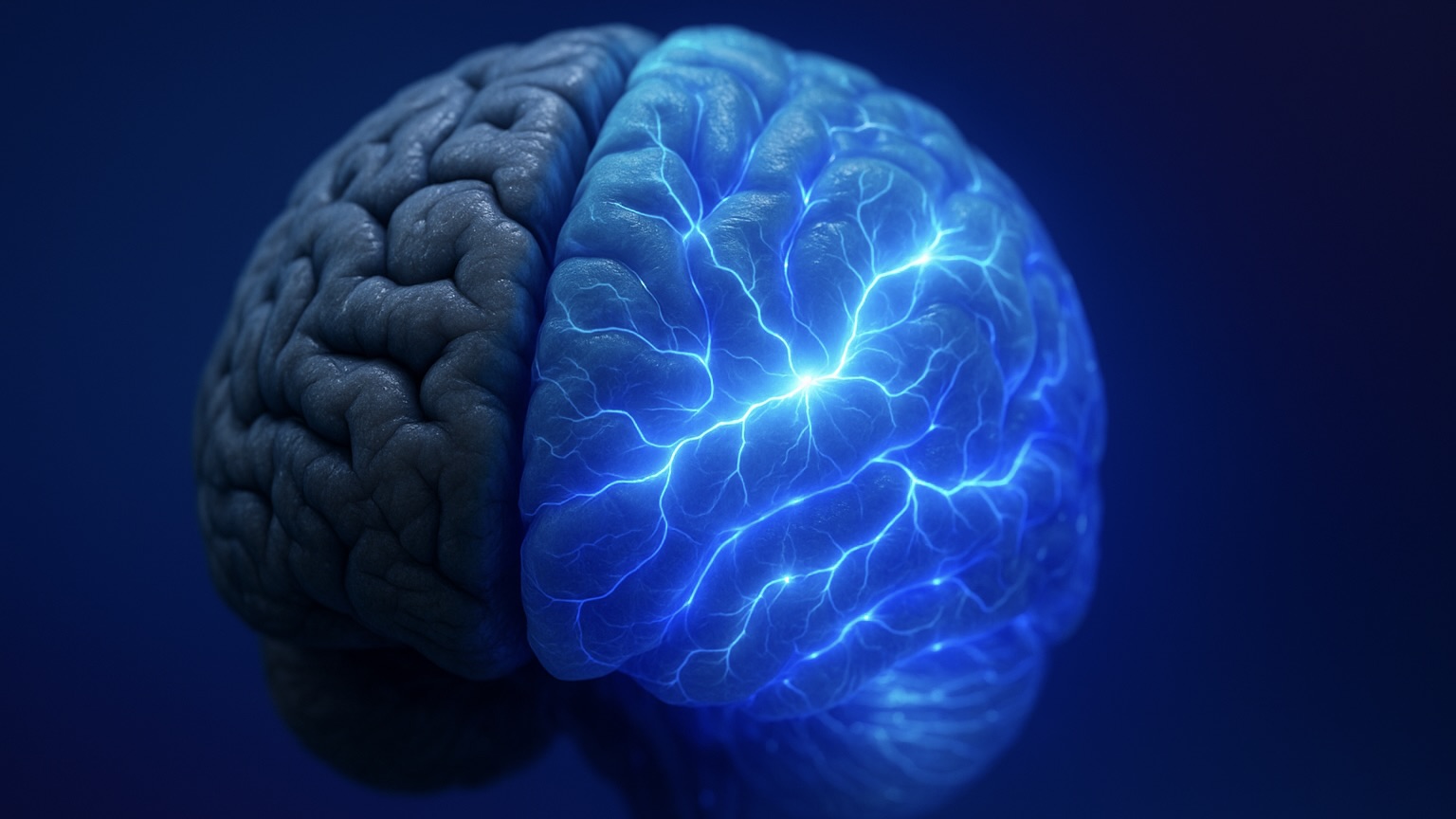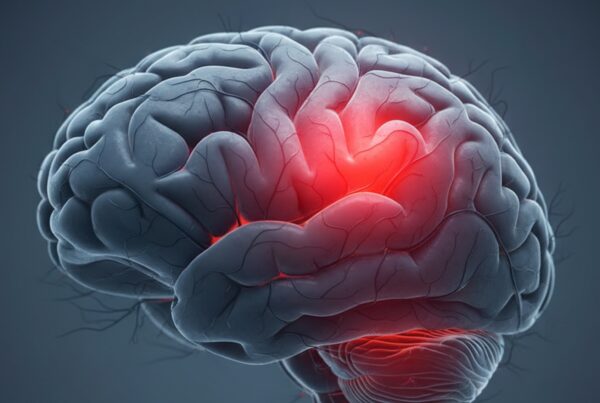brain rot It has now become a phenomenon that quietly gnaws at brain function in the digital era. This term describes a condition of reduced ability to focus, concentrate, and think deeply due to exposure to short-form content and excessive screen time. However, the good news is knowledge. neuroplasticity It shows that the human brain can recover as long as it is trained properly.
Understanding Brainrot and Its Effects on the Brain
In the modern world, the human brain is exposed to a flood of information. Short-form content such as Reels, TikTok, and 10-second videos bombard the nervous system every day. This phenomenon triggers brain rot, the condition in which the brain loses the ability to maintain a long attention span.
Its impact is real: individuals become easily distracted, have difficulty reading long texts, and even struggle to enjoy activities that do not provide instant results. Experts call this a "modern dopamine disease."
Mechanism of brain rot in the brain's reward system.
The reward system is a dopamine machine that regulates the feeling of pleasure. When someone watches short-form content, the brain receives a rapid dopamine surge. Over time, this system becomes accustomed to instant gratification and rejects activities that take a long time, such as studying or focused work.
This habit creates a dangerous cycle: the brain becomes increasingly lazy about hard work and keeps seeking quick entertainment. As a result, long-term productivity and motivation declined drastically.
When scrolling becomes an emotional escape
Many people now make scrolling as a way to cope with stress. In fact, emotional escapism like this only piles up problems. When stress arises, someone opens social media to forget the burden, but new stress arises because they feel guilty for having wasted time.
This condition worsens brain rot, creating a vicious circle: stressed → scroll → stressed againIn the long term, the brain loses the ability to regulate emotions in a healthy way.
Weakness of the Slow Thinking System
Psychologist Daniel Kahneman divides the way humans think into the fast system and the slow system. Brainrot makes fast systems — reactive and instantaneous ones dominate. On the contrary, the slow system that requires in-depth analysis weakens.
This is why many people feel anxious when they have to study, have difficulty completing in-depth work, or lose patience reading long articles. The brain has been trained to reject "hard work."
Neuroplasticity — Hope for Brain Recovery
Although brain rot is damaging, the human brain has extraordinary advantages: neuroplasticityThis term refers to the brain's ability to rewire neural connections based on new habits.
In other words, every good or bad habit changes the brain's structure. Bad habits reinforce negative pathways, while positive habits reinforce productive pathways. Therefore, lifestyle changes can truly restore brain function.
Scientific Evidence of the Brain's Ability to Change
Neuroscience research shows that neurons are capable of creating new connections well into old age. Activities such as studying, reading, and exercising can stimulate Brain-Derived Neurotrophic Factor (BDNF) a substance that acts as fertilizer for the growth of new brain cells.
That means the brain is never completely damaged. What is needed is only the correct direction of stimulation to repair the dopamine circuit and strengthen concentration.
Eliminating Bad Digital Habits
Neuroplasticity works on the principle of 'use it or lose it'. When someone stops providing stimulation to the neural pathway of a bad habit, that neural connection will weaken. Limiting screen time, for example, will reduce the dominance of the instant dopamine pathway and make room for the deep-focus pathway.
A simple way, such as not checking your phone after waking up, can have a big impact. Within two weeks, the brain began to show signs of recovering focus and calm.
Building Habits That Grow the Brain
In addition to avoiding bad habits, it is important to cultivate good habits that stimulate neuron growth. Activities such as reading books, writing a journal, or working without distractions strengthen the slow-thinking system.
This activity forces the brain to sustain attention longer, trains cognitive patience, and fosters a sense of satisfaction from real work results rather than the instant dopamine from the screen.
Practical steps to recover the brain from Brainrot
Brain recovery does not require complicated therapy. What is needed is commitment and consistency to adopt a new habit. Here are the practical steps recommended by neuroscience experts.
Limit Screen Time and Social Media Consumption
Create a daily schedule for gadget use. Avoid using your phone in the morning and before going to bed. Use a timer app to lock the entertainment platform after a certain limit. This step aims to break the pattern of instant dopamine that makes the brain addicted.
Deep Work exercises to strengthen focus
Concept deep work emphasize distraction-free work in specific time blocks, for example 25 minutes of focus and 5 minutes of rest. This pattern trains the slow-thinking system and restores the brain's ability to focus for a long time. Healthy breaks such as walking or stretching your body are more effective than scrolling.
Exercise and Quality Sleep
Exercise has been shown to increase BDNF levels, strengthen connections between neurons, and improve emotional regulation. Enough sleep helps the memory consolidation process and the regeneration of brain cells. The combination of the two creates a strong foundation for long-term recovery of cognitive function.
phenomenon brain rot shows how easily the human brain can slip into the temptation of instant gratification. But knowledge. neuroplasticity to prove that recovery is always possible. With awareness, digital discipline, and healthy habits, everyone can restore the clarity of thought and the strength of their focus.















